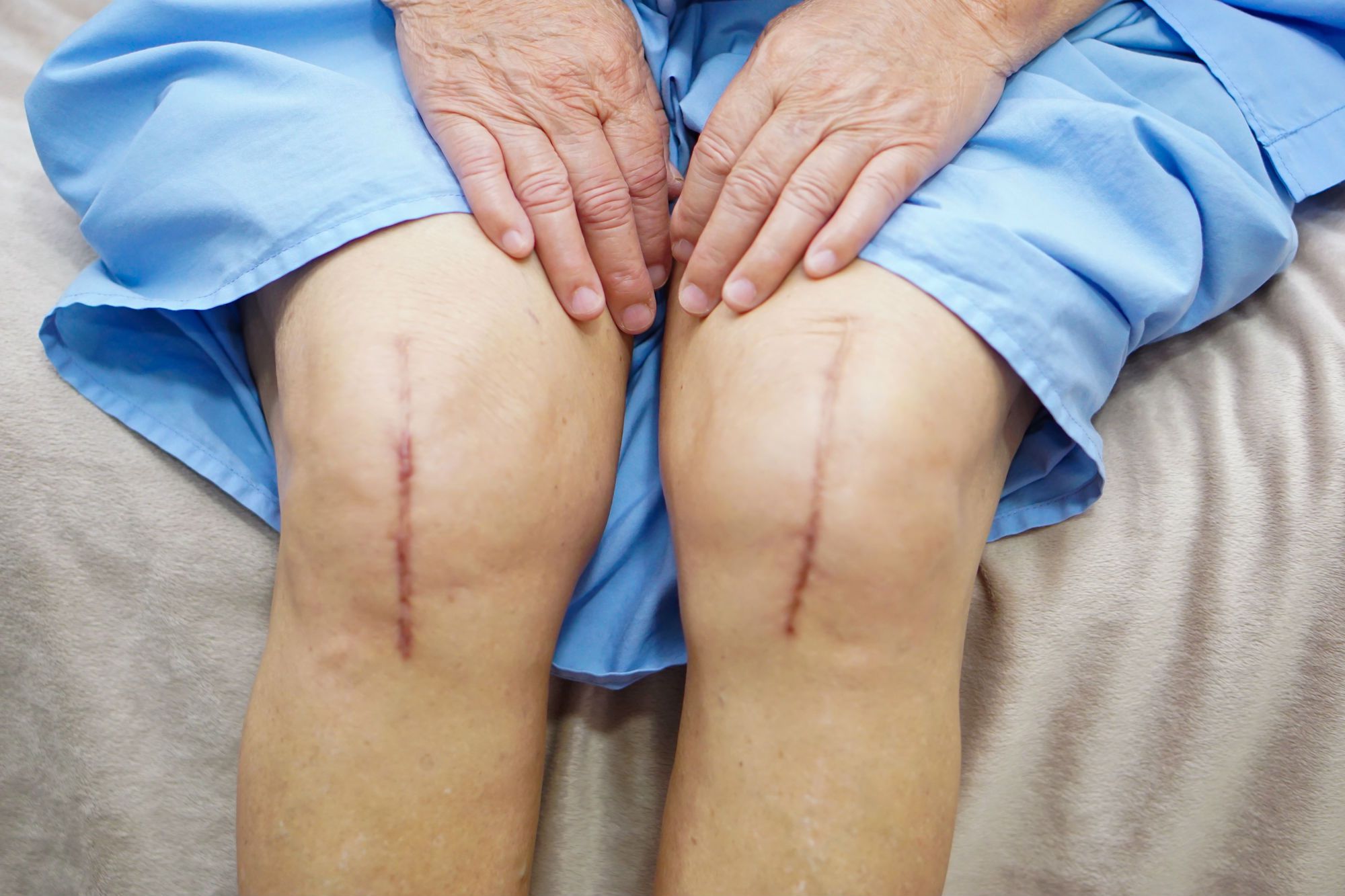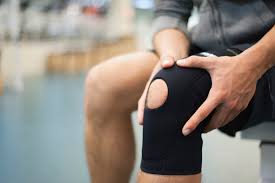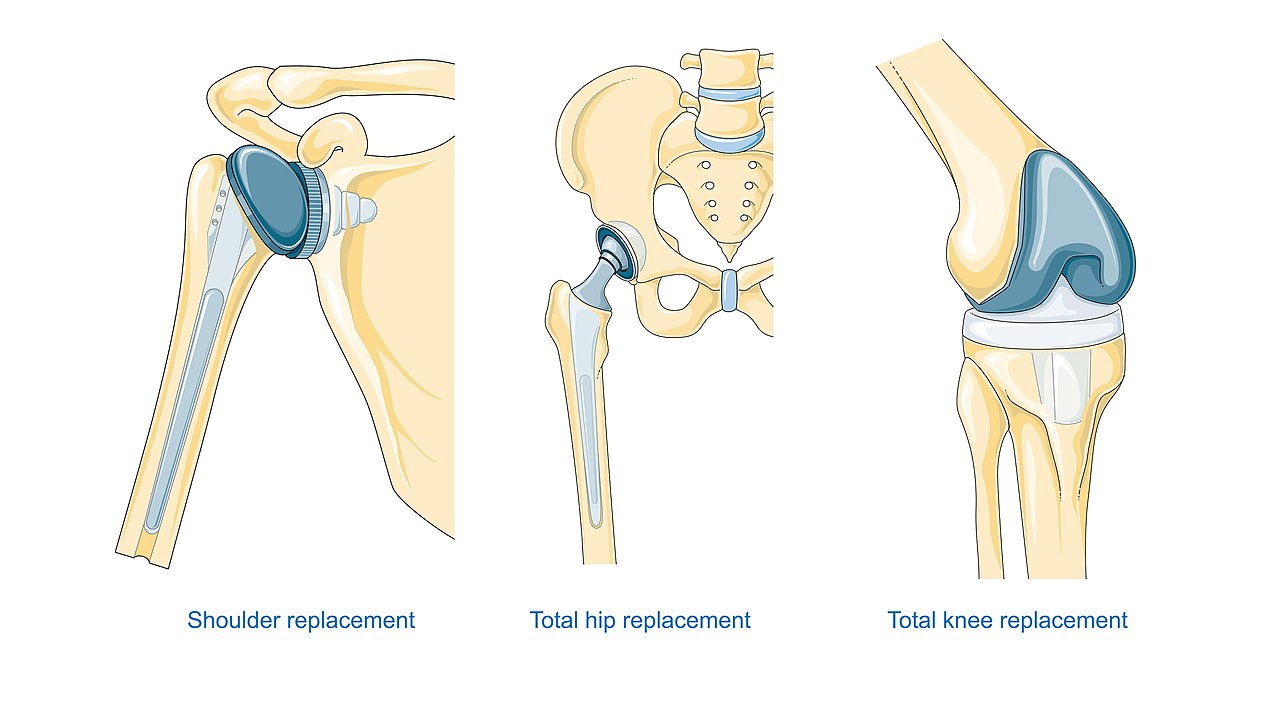Varunam Super Speciality Hospital
Total Knee and Hip Replacement In Nagpur
Total Knee and Hip Replacement In Nagpur
Knee replacement, which means knee arthroplasty or total knee replacement, is a surgical process to resurface a knee damaged by arthritis. Metals and plastic parts are used to cap the ends of the bones that form the knee joint, along with the kneecap.
This surgery may be considered for someone who has severe arthritis or a severe knee injury. People who need knee replacement usually have problems walking, and climbing stairs. Some also have knee pain at rest.


How to Prepare for your recovery
For several weeks after the process, you might need to use a walker, so arrange for them before your surgery. Make sure you have a ride home from the hospital and help with everyday tasks, such as cooking, bathing so on. If you live alone, your Doctor or hospital staff discharge planner can suggest a temporary caretaker.
To make your home safer and easier to navigate during recovery:
- Create a living space on one floor since climbing stairs can be difficult.
- Install safety bars or a secure handrail in your bath and secure stairway handrails.
- Get a stable chair with a firm seat cushion and a footstool to elevate your leg.
- If you have a low toilet you can Arrange for a toilet-seat riser.
- Get a stable chair for your shower.
- Remove loose cords and rugs.
What Happens During Joint Replacement Surgery
Hip and knee replacement are two of the most commonly performed operations in orthopedic surgery. Both procedures are very successful at eliminating pain, correcting deformity and improving patient mobility so patients can regain quality of life and get back to the activities they enjoy.
During hip replacement, the damaged ball of the hip ball and socket joint is removed and replaced with a metal or ceramic ball that attaches to a stem that fits into the femur. The prosthesis is usually coated with a special material into which the bone will grow over time. In some instances, however, the prosthesis is cemented into the bone. The socket portion of the ball and socket joint is also replaced with a metal cup that is placed into the pelvis. A plastic liner is then snapped into the metal cup and rotates with the new ball on the end of the femoral stem. The prostheses and implants come in a variety of shapes and sizes that can be tailored to the individual.

